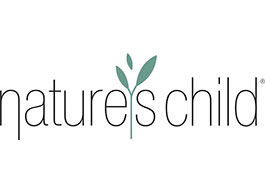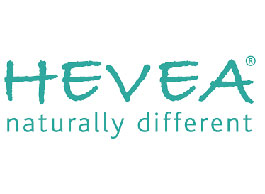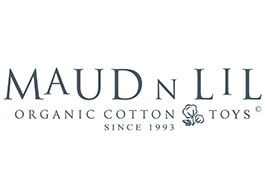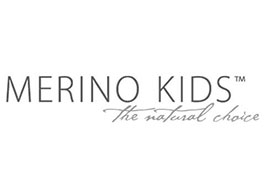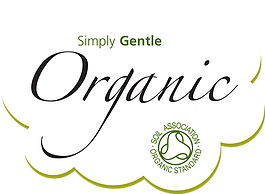The Wilderness Society
The Wilderness Society (TWS) is a national, community-based, environmental advocacy organisation whose purpose is to protect, promote and restore wilderness and natural processes across Australia for the survival and ongoing evolution of life on Earth.
Public education and empowerment, advocacy and negotiation, as well as desk and field research are important daily actions that help all of us worldwide to have a safe and clean environment.
Since we don’t have time to volunteer, Nature’s Child donates monthly to support Wilderness Society operations and campaigns. The passion that drives supporters of the Wilderness Society is – the power and ability of people to make change.
Almost 40 years old, The Wilderness Society is one of Australia’s oldest not-for-profit, non-government organisations that is funded by memberships, donations, public fundraising and our retail operations. The Wilderness Society undertakes research, policy development, community outreach and campaigning activities to fulfill their purpose.
If you have the interest, energy and some spare time, do the planet a favour and visit your local Wilderness Society Campaign Centre – they’ll give you a warm welcome! For more information, please contact: Freecall 1800 030 641 | Email: members@wilderness.org.au
ANTaR – Australians for Native Title and Reconciliation
Most famous for their sea of hands exhibition around Australia, ANTaR or Australians for Native Title and Reconciliation (ANTaR), is an independent, national network of mainly non-indigenous organisations and individuals working in support of justice for Aboriginal and Torres Strait Islander peoples in Australia.
ANTaR receives no grants from Federal or State governments and is non-party-political. Almost 250,000 Australians have put their signatures on a hand in the Sea of Hands and helped in its installation in locations around Australia. Nature’s Child joined ANTaR in 2003 in recognition of the important role of supporting active community participation in genuine reconciliation and nurturing relationships between indigenous and non-indigenous Australians. ANTaR’s purpose has always been to support indigenous people speaking for themselves, rather than to speak for indigenous people.
From 2011–2013 – A key issue for Discussion in Australia is the upcoming referendum. The federal Government has agreed to hold a national referendum on constitutional recognition of Aboriginal and Torres Strait Islander peoples by the time of the next election, due in 2013. Visit http://www.antar.org.au/constitutional_recognition to find out more.
ANTaR has a close and unique working relationship with indigenous leaderships. Much of ANTaR’s work is carried out by peak state and territory ANTaRs and by numerous local groups. This includes activities focused at a grass-roots level, local reconciliation initiatives which are carried out in conjunction with local indigenous groups and other members of the local community.
There are in excess of 200 local ANTAR groups. ANTAR’s purpose is: To generate in Australia a moral and legal recognition of and respect for the distinctive status of Indigenous Australians as First Peoples. Recognition of Indigenous Australians’ rights, which include self-determination, their relationships to land and the maintenance and growth of their cultures, is essential to creating a just and fair society for all Australians.
The Green Gecko Project
Anyone who has spent any amount of time in the streets of Siem Reap will know these children. While most would have been hassled by their begging, only some would have had the pleasure of getting to know the kids themselves – their humour, tenacity, cunning, hope, trust and friendship. The sad reality is that these children, as young as 5 years old, are often the primary breadwinners for their families. Their living conditions are often desperate, either living in very poor housing or no housing at all. Many of the children were sleeping unaccompanied on the pavement, defenceless to abduction, abuse and disease before Green Gecko gave them a new home.
The GREEN GECKO project is about educating and teaching them skills so they can eventually stop begging and earn money in a safer, healthier way. It also provides a safe house shelter, care and stability for those physically battered or psychologically in need. The GREEN GECKO headquarters has grown from a small rented house to a leased purpose built community. The children are actively involved in building, cleaning and cooking daily. At the house the children can eat a hot lunch, attend an English class, feel secure, play, dance, get a hug, put their pictures up on the wall, have a shower, get their hair combed, brush their teeth and receive medical attention. All things we take for granted here.
Our greatest threat to the project is the kids’ parents. They are either hungry or have an addiction problem and have little concept of the future. Our greatest hurdle is convincing them that all their lives would benefit if only they’d allow their child to take a few hours off begging to learn a new language and vocation. It is a huge, long standing complex issue and we hope to attract community involvement in addressing it. You can donate from as little as $25 a month. Or a one off donation for school and healthy food supplies.
Children growing up in the Green Gecko Project have been given a new direction in life. Prostitution and gambling are no longer the obvious career path for these children. Thank you Green Gecko! Our world is a better place thanks to Rem, Tania and the hundreds of volunteers.
If you would like to donate to the Green Gecko Project or learn more please visit www.greengeckoproject.org. Nature’s Child has sent crayons, clothes and cash assistance to the school since November 2005. Nature’s Child continues to support Green Gecko every time you purchase a mosquito net from us, we donate one to Cambodian Families. We also sell the Cambodian Cookbook written by the Green Gecko Team which has delicious recipes for you to cook while 100% of the profits go to the Gecko Project. We also sell their calendar and Christmas cards at the end of each year so look out for them on our website.
Our CEO, Jannine Barron, donates monthly. We maintain a close relationship to the school and its founders and continue to donate to this fantastic initiative to add value to the lives of street kids in Cambodia. The Green Gecko Project is an initiative founded to benefit the lives of the Cambodian street children in Siem Reap by Rem and Tania Palmer. Rem is a Cambodian Citizen and Tania is Australian.





